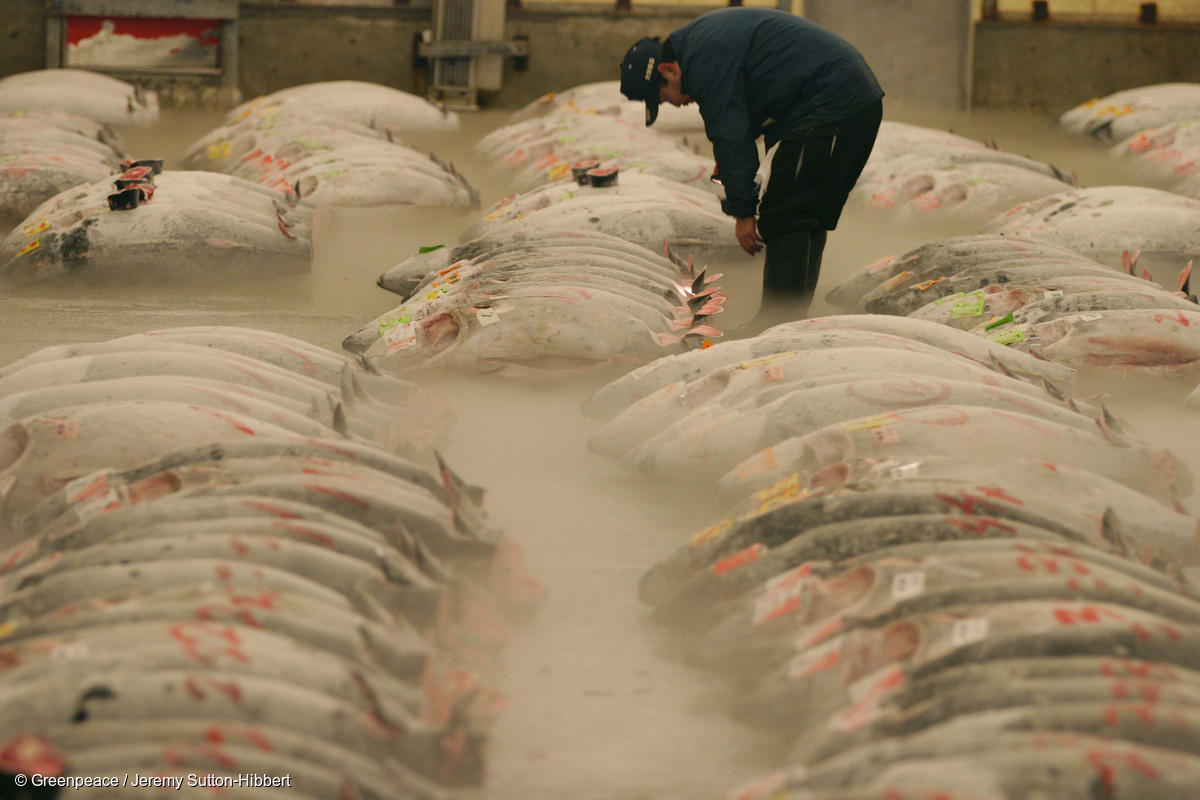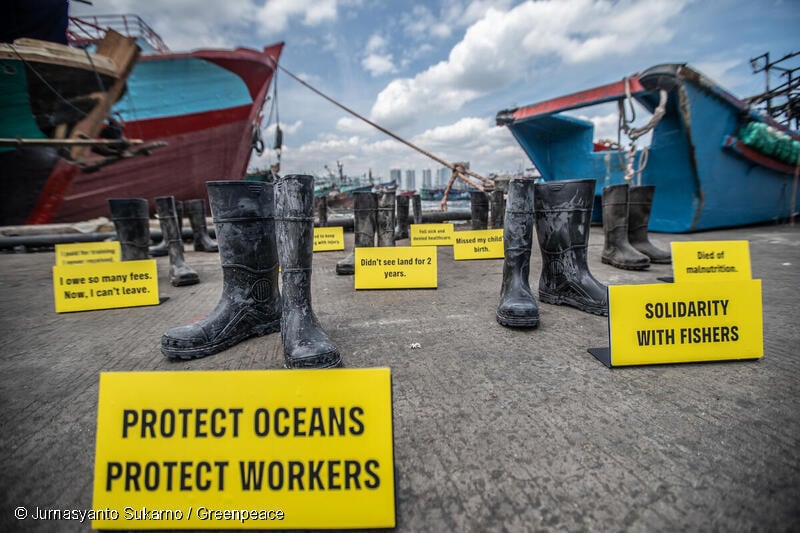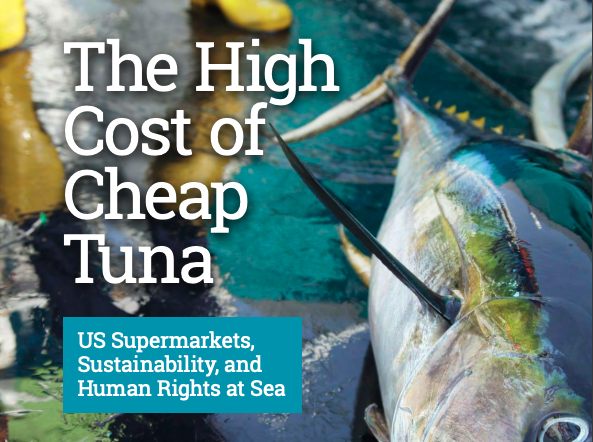Download: PDF

The United States is one of the world’s largest consumer tuna markets1. Accounting for a significant portion of the $40 billion USD global industry,2,3 US retailers have the economic power to shape and shift the global tuna industry through business practice, sourcing, and global advocacy efforts. They play a key role in determining the human rights outcomes of tens of thousands of workers across the global tuna supply chain.
In the period since the publication of the second edition of the High Cost of Cheap Tuna in 2023, there have been numerous investigations and reports that revealed the ongoing issues in the supply chain of seafood that ends up on US shelves and plates. There are approximately 128,000 fishers ensnared in forced labor4, fishers who may be stranded at sea for months or even over a year at a time. They are isolated from their families, with no way to alert anyone to their situation while at sea, and largely hidden from sight. There is often an overlap between labor rights abuses and illegal, unregulated and unreported (IUU) fishing activities. Together, these linked issues serve to perpetuate the depletion of tuna stocks, bycatch of marine life caught on tuna lines, and suffering of fishers subject to labor abuses on board.
This year’s scorecard shows year-on-year growth, with now two major retailers, Aldi and Hy-Vee, achieving a passing grade and several others following closely behind. These developments show that retailers are increasingly taking responsibility for their entire tuna supply chain, from fishing to the products they offer to consumers.
Nonetheless, much remains to be done. As well as recognizing progress where made, this report lays out the worst performing retailers. Retailers must adopt policies that reflect what science and justice demand, or bear the consequences as consumers make more informed choices to spend their money elsewhere.
- Food and Agriculture Organization of the United Nations. November 4, 2017. An overview of the global tuna market. https://www.fao.org/inaction/globefish/fishery-information/resource-detail/en/c/880744/
- Galland, G Ph.D. April 28, 2023. Global Tuna Fisheries—Worth $40 Billion a Year—Still Face Threats. The Pew Charitable Trusts. Available online at: https://www.pewtrusts.org/en/research-and-analysis/articles/2023/04/28/global-tuna-fisheries-worth-40-billion-a-year-still-face-threats
- About Seafood. Aug, 2024. Tuna Fish Market Insights. SkyQuest. Available online at: https://aboutseafood.com/tuna-council-3/tuna-facts/
- 2021 Global Estimates of Modern Salary https://www.ilo.org/sites/default/files/wcmsp5/groups/public/@ed_norm/@ipec/documents/publication/wcms_854733.pdf



